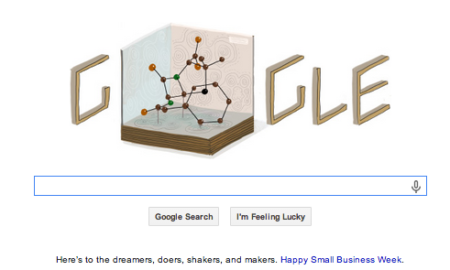News
-

 154
154Meet the electric life forms that live on pure energy
Unlike any other life on Earth, these extraordinary bacteria use energy in its purest form – they eat and breathe electrons – and they are everywhere
-

 136
136D-Wave CEO Vern Brownell speaks to CBC’s Amanda Lang about quantum computing and funding
Vern Brownell explains how D-Wave Systems is pushing the boundaries of computing
-

 111
111New Cray supercomputer Trinity tackles exascale computations, nuclear stockpile simulations
The National Nuclear Security Administration (NNSA) and Cray Inc., have agreed on a contract for NNSA to acquire a next generation Cray supercomputer, called Trinity, to advance the Stockpile Stewardship Program.
-

 380
380New 40-atom boron fullerene borospherene synthesized after 10,000 model simulatons
The discovery 30 years ago of soccer-ball-shaped carbon molecules called buckyballs helped to spur an explosion of nanotechnology research. Now, there appears to be a new ball on the pitch.
-

 144
144Discovery of giant viruses argues life evolved from viral ancestry, preceding cellular life
Newly discovered specimens support a more ancient origin for viruses, perhaps all the way back to the origins of life.
-

 117
117USC team claim breakthrough hybrid nanotube/IGZO thin film circuits, flexible & transparent
Researchers have created a flexible, energy-efficient hybrid circuit made from carbon nanotube that could one day replace silicon.
-

 121
121University of Queensland team link Quantum Mechanics & General Relativity by simulating time travel with photons
Lead author and PhD student Martin Ringbauer, from UQ’s School of Mathematics and Physics, said the study used photons – single particles of light – to simulate quantum particles travelling through time and study their behaviour, possibly revealing bizarre aspects of modern physics.
-

 123
123New research published in peer rev’d Physical Review X proves quantum entanglement in D-Wave 512 qubit processor
D-wave computers are designed to implement a single quantum algorithm called quantum annealing. Are these computers really quantum? Researchers have found strong evidence that qubits in a processor running the algorithm are entangled quantum mechanically.
-

 189
189Matter will be created from light as per E=mc² demonstration within 12 months, claim Imperial College London physicists
Imperial College London physicists have discovered how to create matter from light - a feat thought impossible when the idea was first theorised 80 years ago.
-

 116
116Nobel Prize-winning crystallography pioneer Dorothy Hodgkin honoured by Google Doodle on her 104th birthday
She was famous for discovering the structure of organic molecules










